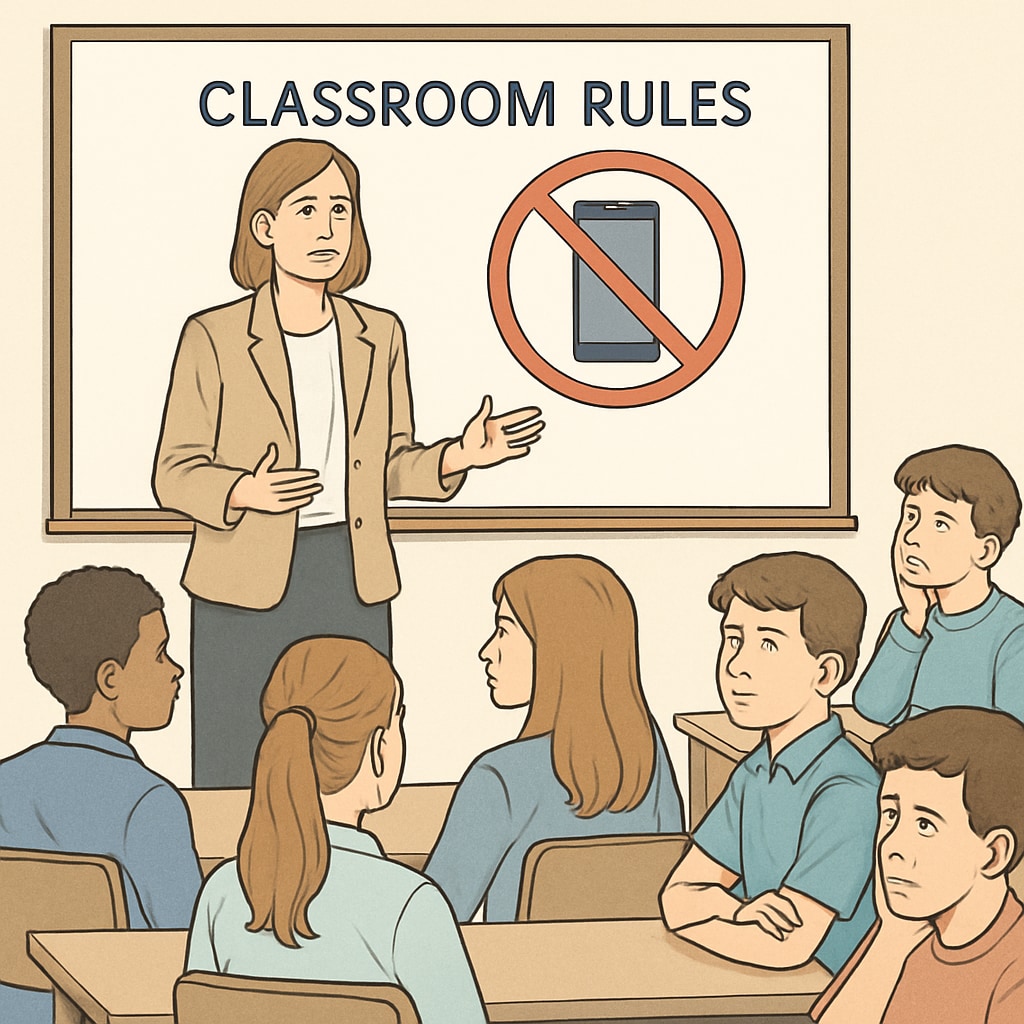In recent years, the implementation of phone bans in public schools has become a topic of substantial debate. By restricting students’ access to personal devices during school hours, educators aim to minimize distractions and improve academic outcomes. However, the effectiveness of such policies and their broader implications remain subjects of contention. Public and private schools often differ in their approaches to these bans, making it critical to examine the rationale behind these policies and their impact on various stakeholders.
The Educational Rationale Behind Phone Bans in Schools
Proponents of phone bans in schools argue that smartphones disrupt the learning environment. Studies suggest that excessive phone use during school hours can lead to reduced attention spans, lower academic performance, and increased cyberbullying incidents. By removing these distractions, schools aim to foster a focused and productive atmosphere conducive to learning.
Moreover, advocates highlight the social benefits of phone bans. For example, students may engage in more face-to-face interactions, building stronger interpersonal skills. Additionally, reduced screen time can mitigate mental health issues linked to social media use, such as anxiety and depression.

Challenges in Implementing Phone Bans in Public Schools
Despite their potential benefits, phone bans are not without challenges. Enforcement is often a significant hurdle, especially in large public schools with diverse student populations. Teachers and administrators may struggle to monitor compliance consistently, leading to tensions between staff and students.
Another concern is the potential disconnect between school policies and parental expectations. Many parents view phones as essential tools for communication, especially in emergencies. Striking a balance between maintaining discipline and addressing parental concerns requires careful planning and transparent communication.
Furthermore, equity issues arise when considering the impact of phone bans on students from different socioeconomic backgrounds. For some students, their phones serve as their primary access to the internet for homework or research. Restricting access during school hours could inadvertently disadvantage these students.

Comparing Public and Private School Policies
Public and private schools often approach phone bans differently, reflecting their distinct operational frameworks. Public schools, governed by state regulations, typically adopt blanket policies to ensure consistency across diverse student populations. These policies may be stricter, given the challenges of managing larger student bodies.
In contrast, private schools often have more flexibility in policy design and enforcement. Some private institutions adopt nuanced approaches, such as allowing phone use during designated times or incorporating technology into the curriculum. This flexibility can cater to the needs of their student body and align with parental expectations more effectively.
Interestingly, some private schools market their tailored policies as a unique selling point to prospective parents, emphasizing their commitment to balancing technology use with educational goals.
Finding a Balanced Approach
To maximize the benefits of phone bans while addressing their drawbacks, schools could consider adopting more balanced approaches. For instance, implementing “phone-free zones” in classrooms but allowing supervised use in common areas might strike a fair compromise. Additionally, integrating digital literacy programs into the curriculum can teach students to use technology responsibly.
Open communication between schools, students, and parents is also vital. By involving all stakeholders in policy development, schools can create guidelines that are both effective and widely supported. Regular reviews and adjustments based on feedback can further enhance the policy’s relevance and effectiveness.
Ultimately, the success of phone bans depends on their implementation and the extent to which they align with the broader educational goals of fostering focus, collaboration, and responsible technology use.
Readability guidance: This article uses short paragraphs and clear subheadings to enhance readability. Examples and external links provide credibility, and attention is given to maintaining a balance between active and passive voice for clarity.


